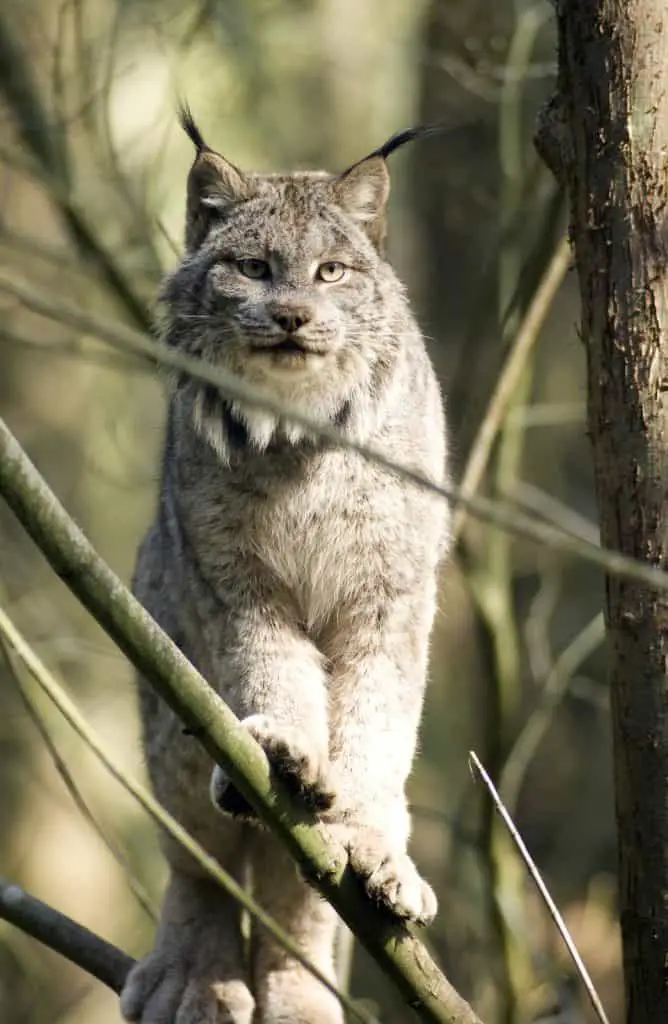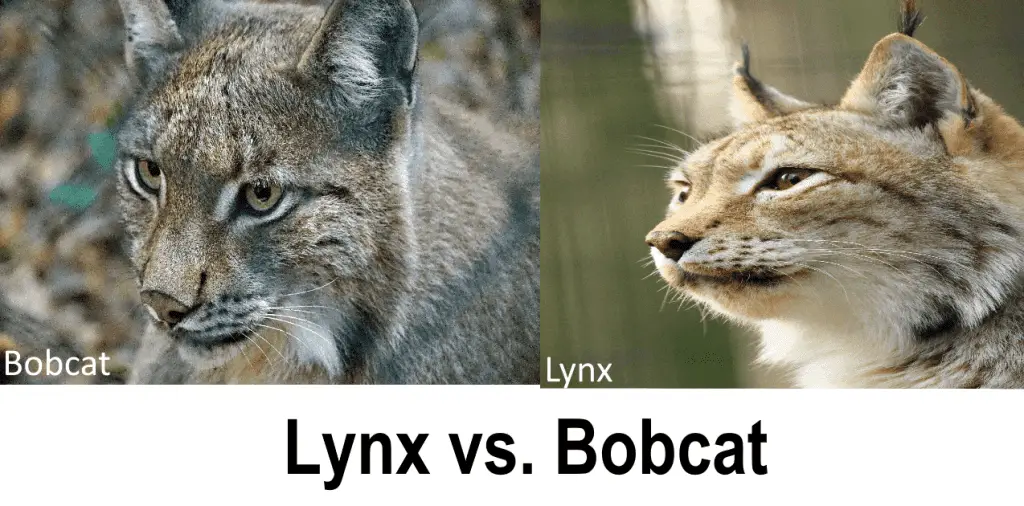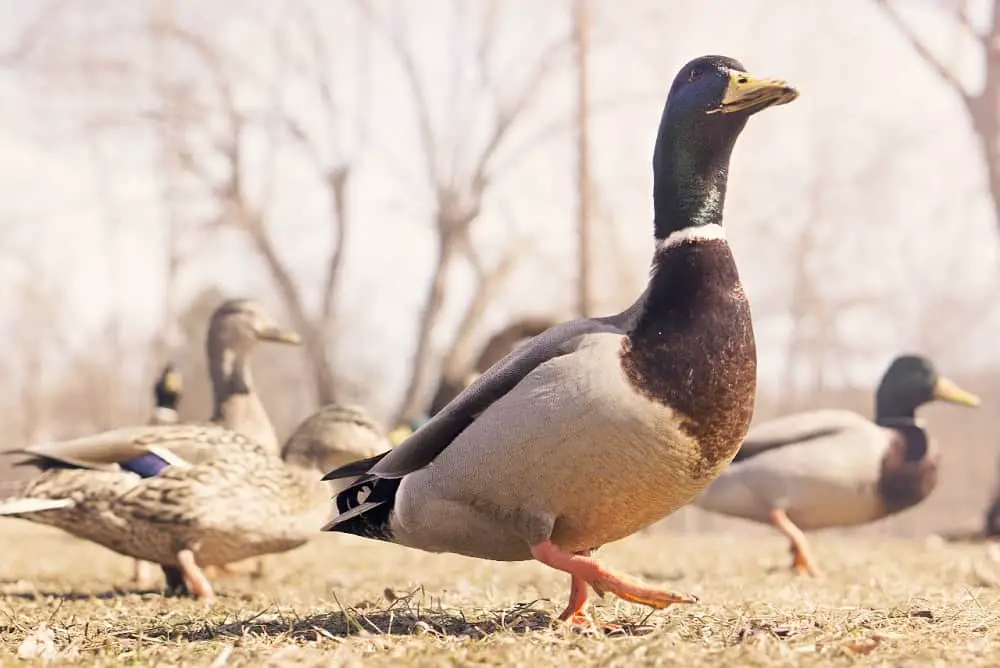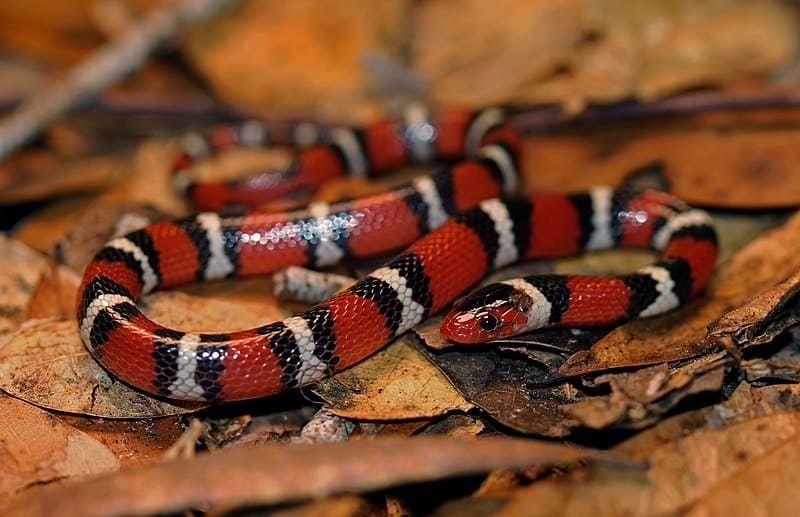The lynx and bobcat are both species of wild cat that can be found in North America. Both animals are members of the Felidae family, which includes all species of cats, from domestic cats to lions and tigers. What’s the difference between a bobcat and a lynx?
Lynx and bobcat are two species of wild cats within the same genus. While they share many characteristics, bobcats are much more similar to Canadian lynx than lynx.
Though they may look similar at first glance, there are several key differences between Lynx vs Bobcats.
- For one, lynx are much larger than bobcats.
An adult lynx can weigh up to 40 pounds, while an adult bobcat only weighs around 20 pounds. Lynx also have longer legs and bigger feet than bobcats, which helps them travel through deep snow more easily.
Their large paws also give them extra traction on icy surfaces. And unlike bobcats, lynx have tufts of black hair on the tips of their ears.
- Behaviorally, lynx and bobcats also differ in some ways.
Lynx are more solitary animals and tend to live a nomadic lifestyle, while bobcats are more social and often live in groups. Lynx also has a much wider home range than bobcats—an adult lynx may roam up to 400 square miles, while an adult bobcat only roams about 12 square miles.
Though they have some differences, lynx and bobcats also have some similarities.
Both animals are proficient hunters and are known for their stealthy stalking abilities.
And both species are found in similar habitats—they prefer to live in forested areas with dense understory vegetation.
- Bobcats often live in pairs or small groups.
Lynx are also much more vocal than bobcats, and they communicate with a variety of sounds, including yowls, growls, hisses, and purrs. Bobcats are mostly silent, although they will sometimes make a sound called a chirrup.
- When it comes to diet, both lynx and bobcats primarily eat rabbits.
But while lynx will also eat rodents, birds, and even larger prey like deer and caribou, bobcats prefer to stick to smaller prey like squirrels and mice.
Lynx Vs Bobcat Photos

Bobcat
Lynx

Candian Lynx vs. Bobcat
The Canadian lynx is a wild cat that can be found in North America. It is a member of the Felidae family, which includes all species of cats, from domestic cats to lions and tigers.
The Canadian lynx is larger than the bobcat, with an adult weighing up to 40 pounds. It also has longer legs and bigger feet, which helps it travel through deep snow more easily.

The Canadian lynx also has tufts of black hair on its ears, which the bobcat does not have.
What is the size of a Florida Bobcat?
In the wild, the Florida bobcat weighs between thirteen and thirty pounds. Its body size can vary from reddish-brown to grey, but the average adult male is around 36 inches long.
This species is smaller than the Florida panther, which is rare in the wild.
If you encounter a Florida bobcat in your neighborhood, remember that these cats are solitary animals, and should not be approached unless you know their territory well.
Are Lynx Friendly to Humans?
No, lynx are not friendly to humans. They are wild animals and should be treated with caution and respect.
Unlike most cats, lynx have surprisingly large ears, which enable them to hear sounds at higher pitches than humans. This gives them the advantage of being able to hunt prey without being noticed by humans.
However, you shouldn’t get too close to a lynx unless you are sure that you can handle it.
Can a Bobcat Mate With a Domestic Cat?
Although there is some evidence of interbreeding in nature, bobcats and domestic cats are not natural allies. Feral cats outnumber bobcats 75:1.
They are larger and weigh 25 pounds, making them more likely to be the wild father of “Legend Cats.”
However, there are no documented cases of bobcat x domestic cat mating in captivity. If this occurred, the bobcat gene pool would have been mongrelized by now.
What is the Difference Between a Wildcat and a Bobcat?
A bobcat is the most common wild cat in North America. It is yellow to reddish in color, with spotting or streaks of dark color along its body.
It is also known as the “bob” cat due to its stubby tail, which measures from four to seven inches in length and has two or three black bars on it. Its ears are black, with small, tufts of hair at the tip.
Bobcats are solitary creatures and live for six to eight years in the wild.
Although bobcats prefer rabbits, they also eat other species of animals. In addition to rabbits, bobcats also eat small rodents, lizards, snakes, and even small mammals.
- These cats are obligate carnivores, which means they live on meat.
- They are almost always on the hunt, but they do not discriminate between different types of prey.
The fur of bobcats is brown, with black spots. Its size varies based on the season, but it is shorter than that of a Canadian lynx. The bobcat’s legs are shorter than that of its counterpart.
Unlike bobcats, lynxes are monogamous.
- They do not form pair bonds and only mate between the months of February and March.
In addition to this, female bobcats can give birth to multiple kittens during their gestation period. Young bobcats begin exploring their habitat at one month.
They are weaned at two months and stay with their mother until they are one year old.
Wrapping Up…
So, those are some of the key differences between lynx and bobcats!
Though these two animals may look similar at first glance, there are several key ways in which they differ.
Now that you know a little bit more about these two fascinating felines, keep your eyes peeled the next time you’re out in the wild—you might just spot a lynx or a bobcat!
So, the next time you see a wild cat in Florida, take a closer look to see if it’s a lynx or a bobcat!








